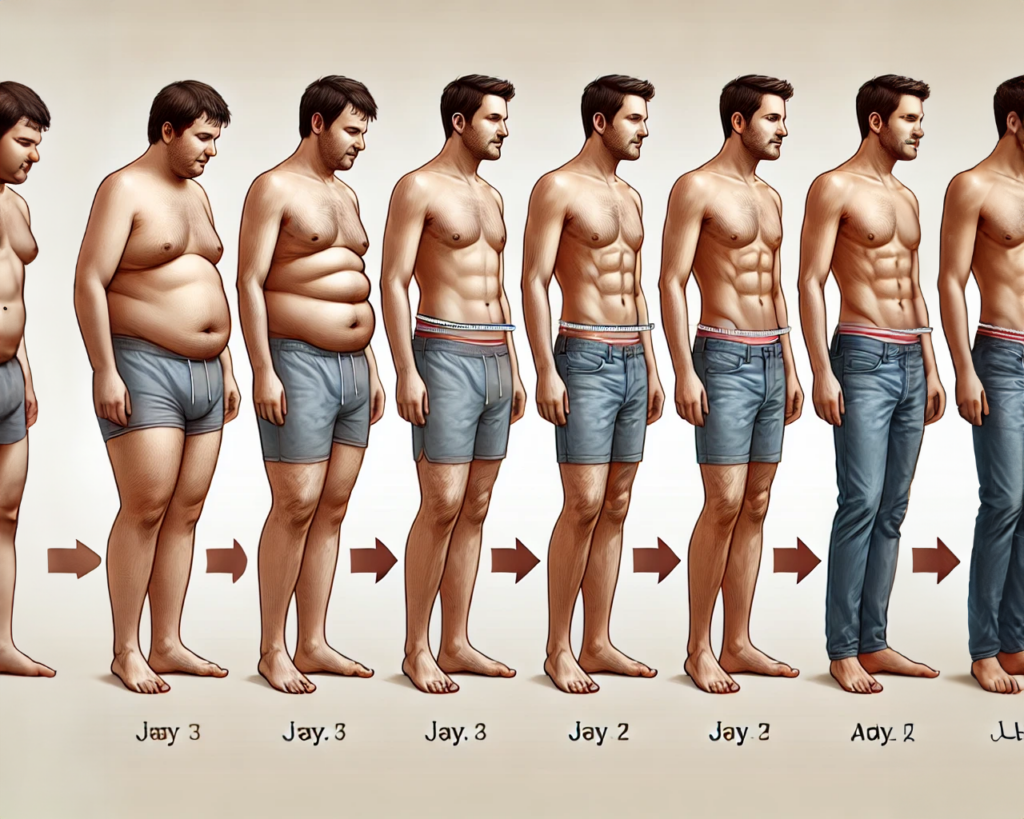💊 Lipolysis and Glucose Metabolism
Definition:
When blood glucose levels are low, energy has to come from somewhere. That somewhere, at least in part, is fat tissue. Plainly said, lipolysis is the process by which fats are broken down in the body to release fatty acids and glycerol to produce energy. In general terms I like to think of fat tissue as a savings account, but for energy.
When you eat carbohydrates, your body breaks them down into glucose, which raises blood sugar levels. In response, the pancreas releases insulin, a hormone that helps cells absorb glucose for energy or storage. High levels of insulin inhibit lipolysis because the body prefers to use glucose for energy.
However, when you consume fewer carbohydrates, your blood sugar levels remain lower, and less insulin is released. In this state, the hormone-sensitive lipase (HSL) becomes active. HSL is an enzyme that triggers lipolysis by breaking down stored triglycerides in fat cells into free fatty acids and glycerol. These free fatty acids undergo beta-oxidation to produce acetyl-CoA, which enters the Krebs cycle to generate ATP, the energy currency of the cell.
Glycerol can be converted into glucose via gluconeogenesis in the liver, providing an alternative energy source when glucose levels are low. Thus, lipolysis not only provides a critical energy supply during fasting or low carbohydrate intake but also helps maintain blood sugar levels by supplying glycerol for gluconeogenesis.
🤔 Why you need to know:
Understanding lipolysis and its connection to glucose metabolism is essential for managing energy balance and metabolic health. Here are some key points and practical tips:
- Hormonal Regulation: Insulin, which is released in response to high blood sugar, inhibits lipolysis. Conversely, low insulin levels and the presence of hormones like glucagon and adrenaline promote lipolysis.
- Energy Source: During periods of low carbohydrate intake or fasting, the body relies on lipolysis to break down stored fats and provide energy.
- Exercise Impact: Regular physical activity can enhance lipolysis by reducing insulin levels and increasing the demand for energy.
- Dietary Influence: A diet low in carbohydrates and high in healthy fats can promote lipolysis, supporting weight management and metabolic flexibility.
🧠 Trivia:
The discovery of lipolysis dates back to the early 20th century. Researchers found that fasting or carbohydrate deprivation led to an increase in the breakdown of fats, providing insights into how the body manages energy resources. This understanding has paved the way for modern dietary strategies like intermittent fasting and ketogenic diets, which leverage lipolysis for energy.



